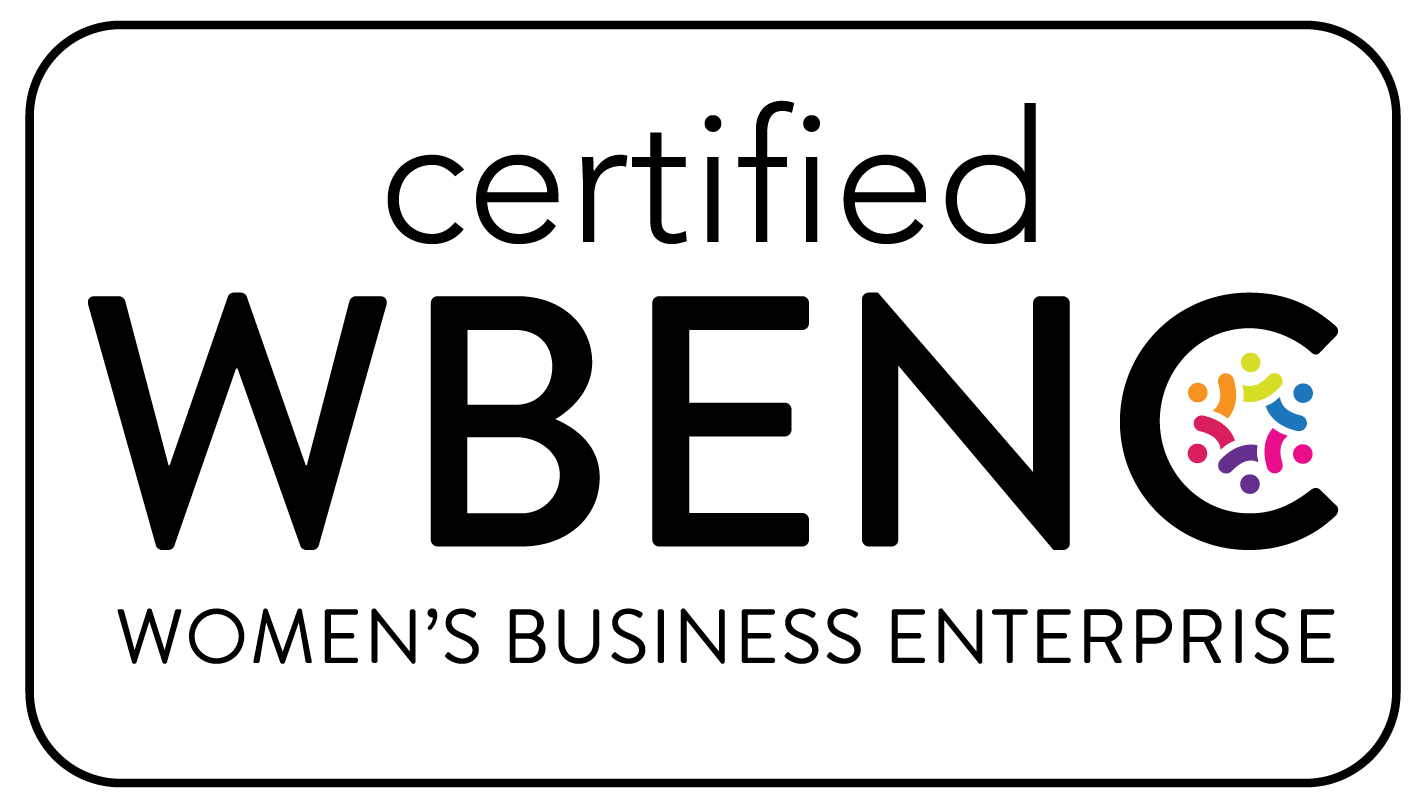Our blog is curated to provide thought leadership, case law updates, and ediscovery best practices for everyone from in-house counsel, to sole practitioners, to the top law firms, and legal service providers.
Founded in 2016 and developed by attorneys who practice eDiscovery 24 hours per day 7 days per week, Minerva26 includes curated database of case law, rules, checklists and forms, and glossary of terms.


